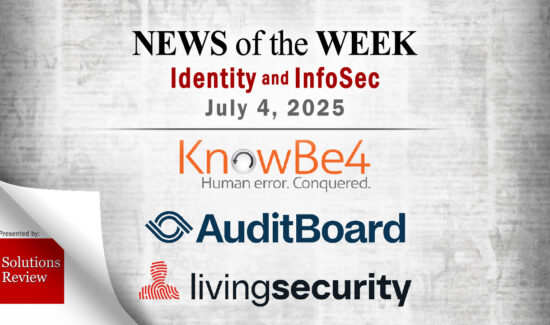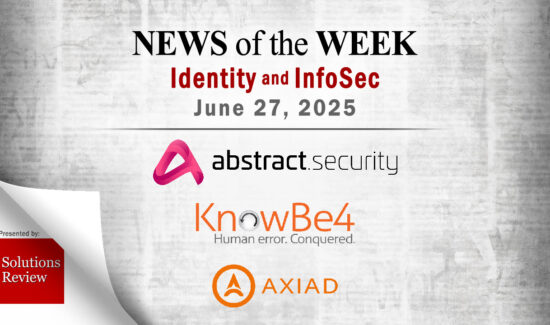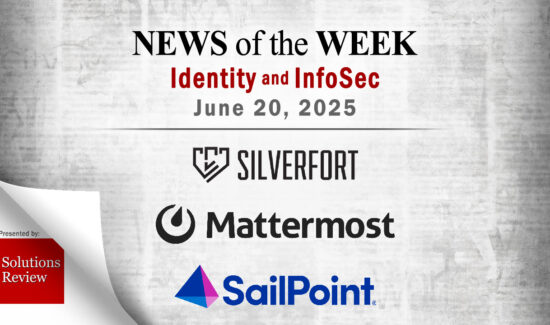Machine Identity: The New Challenge in Cybersecurity


Machine identity represents the new challenge in cybersecurity. What does this mean? How can your enterprise secure machine identity in the new era?
For reference, a machine in technical terms indicates anything that is not a human user. This can include servers, applications, devices (mobile, IoT, etc.), websites, databases, and more. Moreover, each machine has its own identity in your IT environment; each has its own permissions about what it can and can’t access, how it can or can’t change or move data, and how it communicates with users and other machines.
What this means from a practical cybersecurity lens is that your small business might have hundreds of machine identity accounts in addition to your more visible user accounts. In turn, this means you need identity management for your cybersecurity that accounts for machines in order to protect your business.
Machine Identity: The New Challenge in Cybersecurity
Why Identity Management Matters For Machines
First, machine identity accounts don’t exist in a vacuum; instead, they represent just one part of an interactive network of identities and permissions that machines use to help automate or otherwise conduct workflows and business processes. If one of these identities and permissions profiles becomes out-of-date, then it can create obstacles, slowdowns, and even total system failures.
So there is a more everyday need for machine identity management and visibility. However, what about cybersecurity? Hackers can and do exploit machine identities as part of their nefarious plans. In fact, the infamous SolarWinds attack took place in part because of an exploited machine accounts. Additionally, because these identities are legitimate and trusted, hackers that do gain control over them can operate with almost total secrecy.
How to Protect Against Machine Attacks
You need to consider machines with the same lifecycle perspective that predominates user identity management. You need to consider enrollment, provisioning, and deprovisioning. Also, your cybersecurity should maintain an inventory of digital certificates and keys, regular security token scanning, and a thorough incident response plan.
You need the right solution. You can learn more in our Identity Management Buyer’s Guide or in the Solutions Suggestion Engine.



















